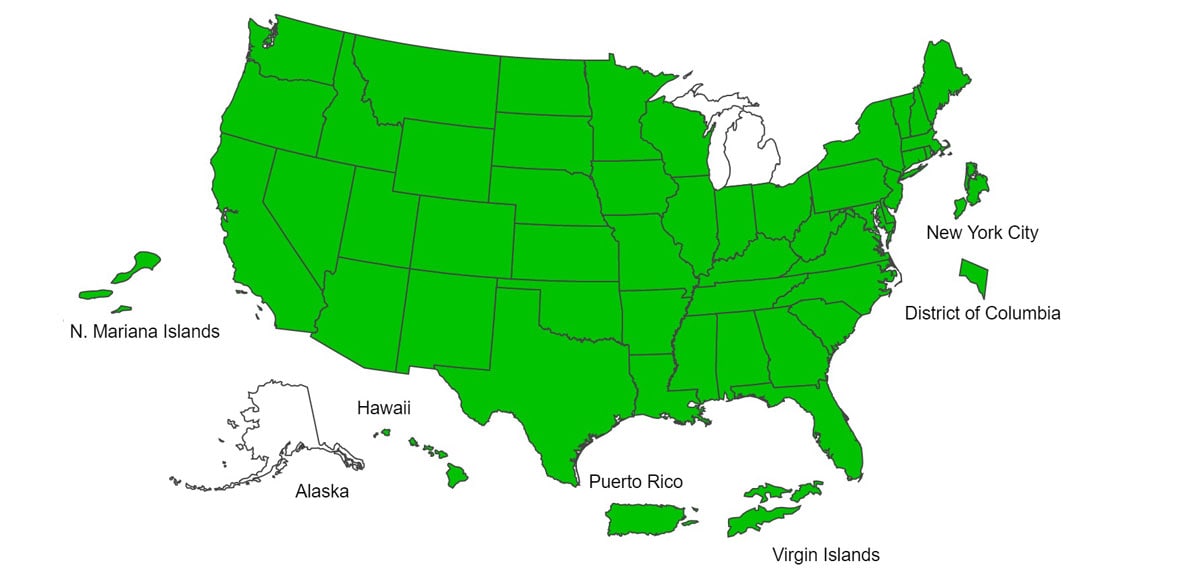- Jennifer Middleton, MD, MPH
The recent stream of headlines regarding the AstraZeneca COVID-19 vaccine may prompt your patients to ask about its safety and availability.
A week ago, AstraZeneca reported that its COVID-19 vaccine, after interim analysis of United States (US) trial data, was 79% effective at preventing symptomatic COVID-19 and 100% effective at preventing COVID-19-related hospitalizations and death. This statement was met with skepticism, however, by the US National Institute of Allergy and Infectious Diseases (NIAID), which released a statement that it had "expressed concern" with AstraZeneca regarding the veracity of their data. NIAID reportedly also sent a private letter to AstraZeneca accusing them of "cherry-picking" their data and criticizing them for risking its credibility. The next day, AstraZeneca released updated "primary analysis" data from its US trials demonstrating 76% effectiveness at preventing symptomatic COVID-19 and 100% effectiveness at preventing COVID-19-related hospitalizations and death.
It's unclear why AstraZeneca publicly reported interim data, "when final results were so close;" it's also unclear why the NIAID made their concerns public when, typically, these "back and forth" concerns are shared "behind the curtain." The NY Times reported late last week that "the brushback from federal officials appeared to reflect high levels of distrust between American regulators and AstraZeneca."
AstraZeneca vaccine's reputation problems precede this latest incident. Its multinational phase 2 and 3 trials last year were plagued by dosing discrepancies and communication failures with the US Food and Drug Administration (FDA). Recent reports of thrombocytopenia, disseminated intravascular coagulation (DIC), and cerebral venous sinus thrombosis (CVST) following vaccination in Europe, although rare, led some countries to temporarily halt its distribution until the World Health Organization (WHO) and the European Medicines Agency (EMA) asserted its overall safety earlier this month.
Despite evidence that this vaccine is safe and effective, along with its successful use around the world, lay press coverage of these events may be lowering our patients' willingness to get vaccinated. Family physicians can expect their patients to ask about this controversy and, potentially, express concerns about getting vaccinated. Being prepared to listen to our patients' concerns and address them without judgment may help reduce vaccine hesitancy. For those patients in the US with continued reservations about the AstraZeneca vaccine, it may also help to inform them that they are unlikely to receive it; sufficient COVID-19 vaccine supply from Pfizer, Moderna, and Johnson & Johnson has already been procured to vaccinate the entire US population by late spring.
If you'd like to read more, the AFP By Topic collection on Coronavirus Disease 2019 (COVID-19) continues to be regularly updated, and the Centers for Disease Control and Prevention (CDC) website includes regularly updated information regarding all of the COVID-19 vaccines currently available in the US.


